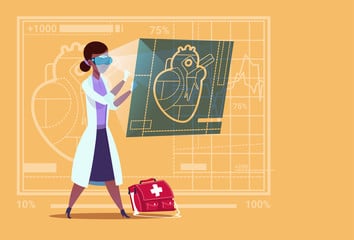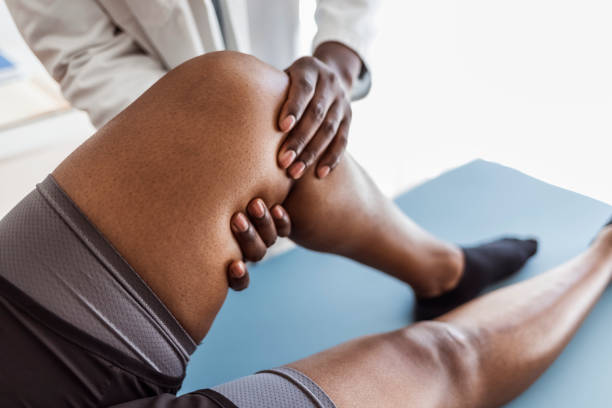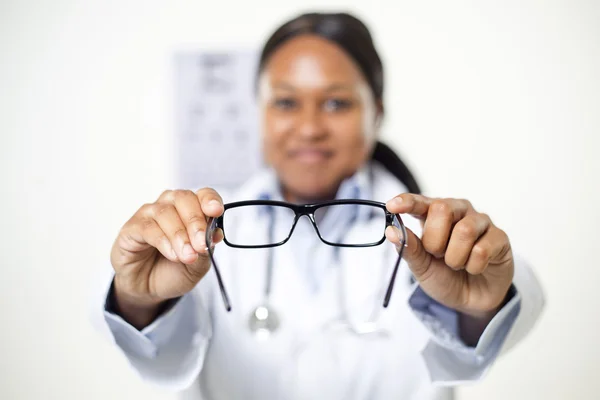A first aid box is an essential item that everyone should have in their home, car, and workplace. It should be well-stocked and accessible in case of an emergency.
In Nigeria, emergencies and accidents can happen at any time and in any place, whether at home, school, work, or on the road. It is crucial to have basic knowledge of first aid and a well-equipped first aid box in case of an emergency.
Having a first aid box in Nigerian homes can save lives and prevent injuries from becoming worse. The first few minutes after an accident or injury are critical, and having the right items in a first aid box can provide immediate help before medical professionals arrive.
Usually, the contents of a first aid box should be able to provide some form of treatment in the event of an emergency until the arrival of a medical personnel. In that case, there are some essential items a first aid box should have at all times.
In today’s article, we will find out the basic items that should be included in a first aid box for Nigerian homes to ensure the safety and well-being of family members and others in their care.
Adhesive bandages
Assorted sizes of adhesive bandages are useful for covering cuts, blisters, and other minor wounds.
Sterile gauze pads
Sterile gauze pads can be used to cover wounds and control bleeding.
Adhesive tape
Adhesive tape can be used to secure gauze pads and bandages in place. Adhesive tapes are used when adhesive bandages are not available.
Antiseptic wipes or solution
Antiseptic wipes or solutions can be used to clean wounds and prevent infections before the wound is then covered with a bandage.
Pain relievers
A bottle of paracetamol or ibuprofen can help to relieve pain and reduce fever.
Scissors
Scissors can be used to cut bandages and gauze pads to the appropriate size.
Antihistamines
Antihistamines are important for managing minor allergic reactions such as itching, hives, or swelling.
Tweezers
Tweezers can be used to remove splinters, ticks, or other small objects from the skin.
Instant cold pack
An instant cold pack can be used to reduce swelling and relieve pain for sprains and bruises. A clean bag filled with small pieces of ice cubes can be used if an instant cold pack is not available.
Safety gloves
Disposable safety gloves can be used to prevent contamination when caring for wounds. A pair of safety gloves are to be used once and then safely discarded after use.
Thermometer
A thermometer can be used to check for fever and monitor body temperature.
First aid manual
A first aid manual can provide helpful information on how to respond to various types of injuries and emergencies.
In addition to these basic items, there are several other items that can be added to a first aid kit to provide more comprehensive care. These include:
- Elastic bandage: An elastic bandage can be used to support sprains and strains.
- Splint: A splint can be used to immobilize fractures and provide support to injured limbs.
- Eyewash: An eyewash can be used to flush out foreign objects and chemicals from the eyes.
It is important to regularly check the first aid kit for expiration dates and to replace any used or missing items. Keeping a well-stocked first aid kit can provide peace of mind and help to respond effectively to emergencies.
Also, make sure that the first aid box is kept in a place that is easily accessible, whether it is in a home, school, office, or even a car.
Conclusion
In conclusion, a basic first aid kit should contain adhesive bandages, sterile gauze pads, adhesive tape, antiseptic wipes or solution, pain relievers, scissors, tweezers, an instant cold pack, a CPR face shield, safety gloves, a thermometer, and first aid manual.
Additional items such as an elastic bandage, splint, eye wash, epinephrine auto-injector, aloe vera gel, and hydrocortisone cream can be added to provide more comprehensive care. Remember to regularly check and replace any used or expired items in your first aid kit.
YOU SHOULD ALSO READ:
- List of Items Required During Delivery in Nigeria
- 103 Medical Abbreviations in Nigeria and their Full Meaning
- 7 Drugs To Have At Home In Nigeria
- 5 Ways To Be Eco-Friendly in Nigeria
- 5 Things To Consider Before Getting Health Insurance In Nigeria
- 5 Common Drugs Banned In Nigeria
Collins Nwokolo is a human physiologist, writer and health enthusiast. He loves writing helpful articles on health and fitness, which he enjoys sharing with everyone.










